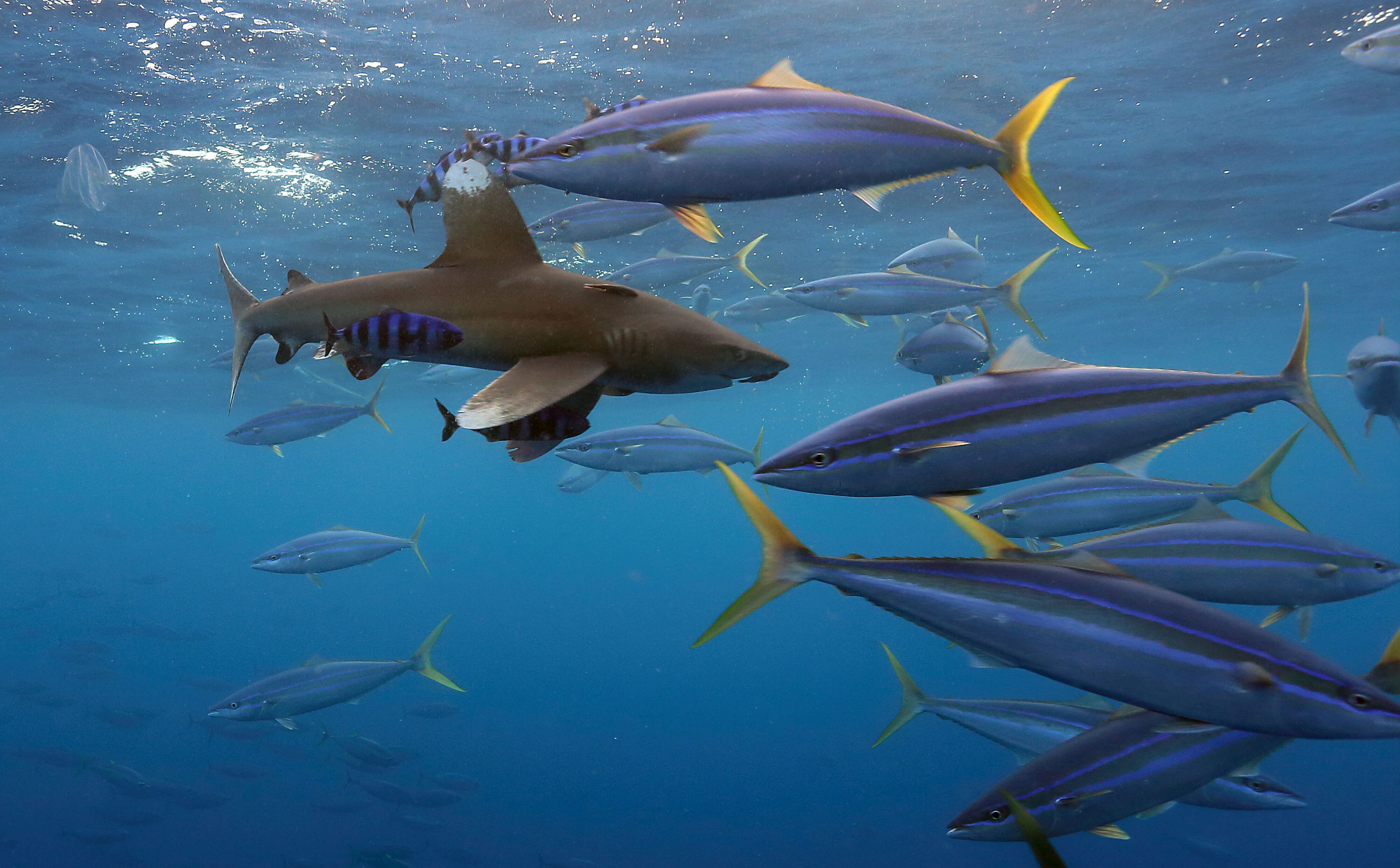Man‑made floating objects specifically designed to encourage fish aggregation at the device. They can be anchored to the ocean floor (anchored FADs) or set to drift in the open ocean (drifting FADs).
FADs are widely used as a fishing method due to its high efficiency, although they have been associated with several negative ecosystem impacts, such as bycatch and overfishing. Today, they support a large number of fishing vessels, especially purse seine fleets targeting tropical tunas in open oceans, but also artisanal pole‑and‑line vessels in shallow nearshore waters.
The deployment and use of FADs allows skippers to fish in remote areas where tuna schools were not very abundant or easily accessible before, to plan trips with greater certainty and efficiency, to make fewer “skunk sets” (sets where the school of tuna escapes) and to catch more skipjack tuna (a very productive and abundant tuna). FADs are equipped with some type of location device, ranging from simple radio beacons to sophisticated GPS, enabling the skipper or fleet manager to locate them remotely. The number of FADs deployed by a vessel or company increases their capacity because of increased options for “cherry picking” the FADs with more biomass underneath. But, there may come a point where high FAD density in an area is counter‑productive because of a saturation effect that reduces aggregation size.
See also HERFADs, LERFADs, NEFADs, BFADs, Bio-FADs, Jelly-FADs.
